
AeroGenie — Uw intelligente copiloot.
Trending
Categories
Aviation High School Introduces Advanced STEM Programs in Aerospace and Robotics

Aviation High School Introduces Advanced STEM Programs in Aerospace and Robotics
Miami, FL, October 17, 2025 – Aviation High School, operated by American High School Academy (AHSA), has unveiled a comprehensive suite of advanced STEM programs focused on aerospace, robotics, artificial intelligence, rocketry, and drone technology. This initiative is designed to equip students with the skills and knowledge necessary to thrive in the rapidly evolving fields of aviation and engineering. By integrating hands-on learning with an industry-aligned curriculum, the school aims to prepare graduates for the demands of tomorrow’s workforce.
Integrating Practical Training with Industry Expertise
The school’s curriculum offers an immersive experience that covers multiple dimensions of the aviation sector. Students receive training in drone technology and flight operations, emphasizing flight safety, unmanned systems, and aerial data collection. Ground-school instruction in private pilot fundamentals includes navigation, aerodynamics, and meteorology, providing a solid foundation for aspiring aviators. In addition, hands-on projects in rocketry and aerospace engineering allow students to explore propulsion, design, and launch systems.
Further enriching the program, students engage with artificial intelligence and robotics, developing automation, coding, and machine-assisted systems tailored to modern aviation needs. The curriculum also encompasses air traffic and aviation management, offering exposure to communication, tracking, and operational control. Complementing these areas, 3D design and engineering technology courses utilize industry-standard tools to model and construct aircraft and drone components.
Graduates have the opportunity to earn certifications and college credits, or to enter the workforce directly in aviation and aerospace technology. Reinaldo Valentino, Head of Schools, emphasized the innovative nature of the learning environment, stating, “Our classrooms look more like innovation labs than traditional schools. It’s a learning experience designed for the industries of tomorrow.”
Facilities and Strategic Vision
Aviation High School operates two modern campuses located in Miami: the Hialeah–North Miami Campus at 11380 NW 27th Avenue, Room 8350, Building 8, and the South Miami–Kendall Campus at 10300 SW 72nd Street, Room 427. Both sites are equipped with aviation simulators, robotics laboratories, and STEM design studios. These facilities foster creativity, teamwork, and innovation through immersive training and research challenges, supporting the school’s mission to cultivate future leaders in aerospace and technology.
Addressing Challenges Amid Growing Competition
While the expansion of advanced STEM pathways positions Aviation High School as a leader in regional education, it also presents challenges. Securing adequate funding and resources remains a critical concern, particularly as other institutions in the region enhance their own STEM offerings. The competitive landscape is further intensified by national initiatives such as St. Louis’s regional STEM programs and Microsoft’s AI expansion in Washington State schools, which collectively raise the standards for specialized education across the country.
Despite these obstacles, the school has experienced positive market responses, including increased enrollment and heightened interest from local aerospace companies seeking collaborative partnerships. Competitors are likely to respond by upgrading their curricula or forging industry alliances to maintain relevance in this dynamic sector.
Preparing Students for Expanding Career Opportunities
With the aviation and aerospace industries experiencing rapid growth, the demand for skilled professionals in piloting, drone operations, aircraft maintenance, air traffic control, and AI-driven technologies continues to rise. Aviation High School is committed to equipping students with the technical expertise, leadership capabilities, and practical experience necessary to succeed in these fields.
“Students graduate with real-world experience, technical fluency, and a passion for flight,” Valentino remarked. “They’re not waiting for the future — they’re building it.”
Serving grades 6 through 12, Aviation High School combines hands-on training, technology integration, and personalized learning to prepare students for college, certification, or direct entry into the aviation and aerospace workforce.
For more information, visit www.AviationHighSchool.com or contact 305-270-1440.
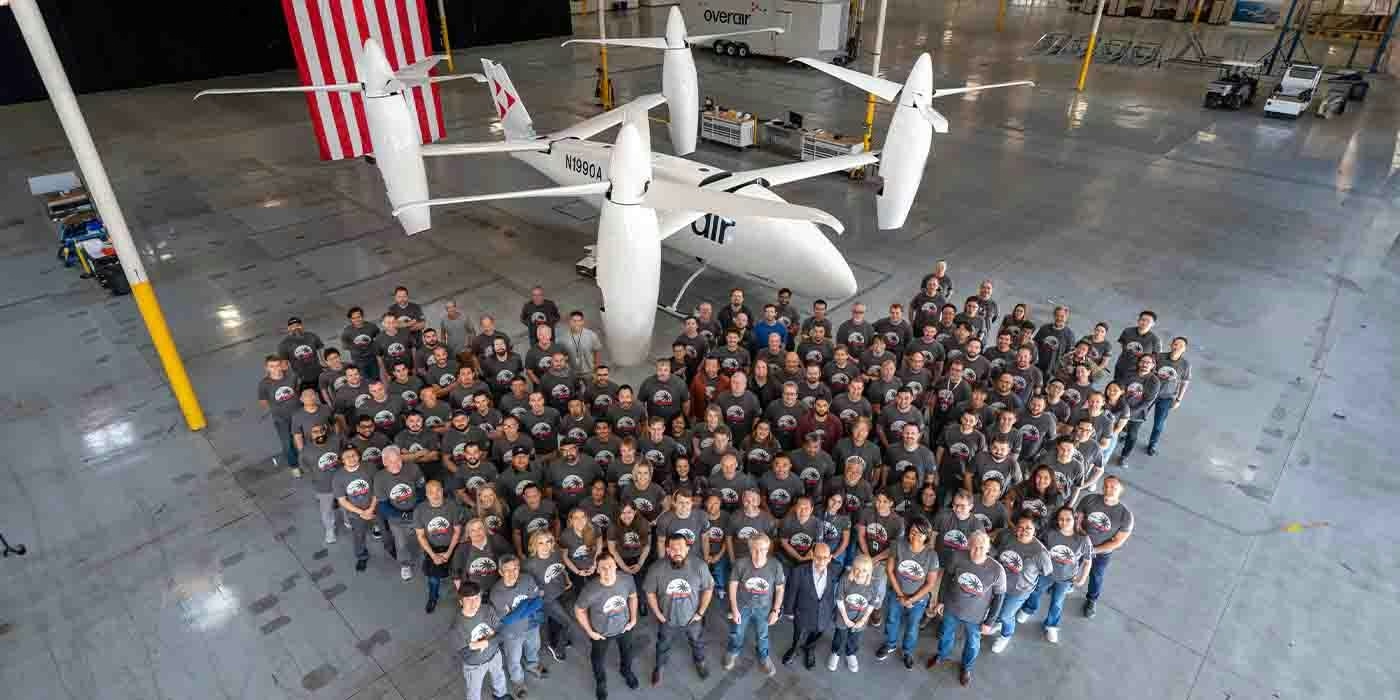
Unique mixed-propulsion eVTOL completes transition flight testing
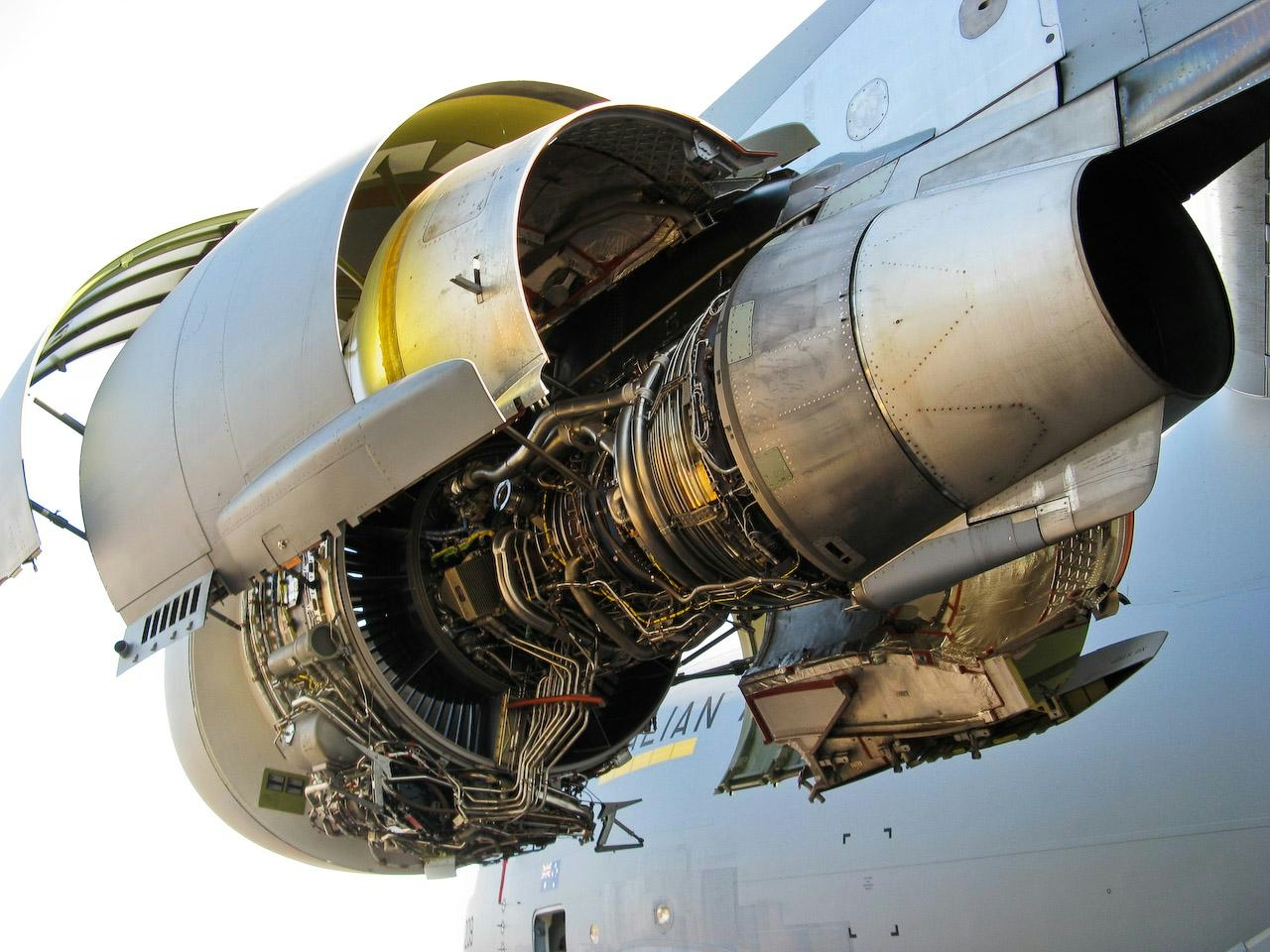
Are C-17 Globemaster Engines Derived from Boeing 757?
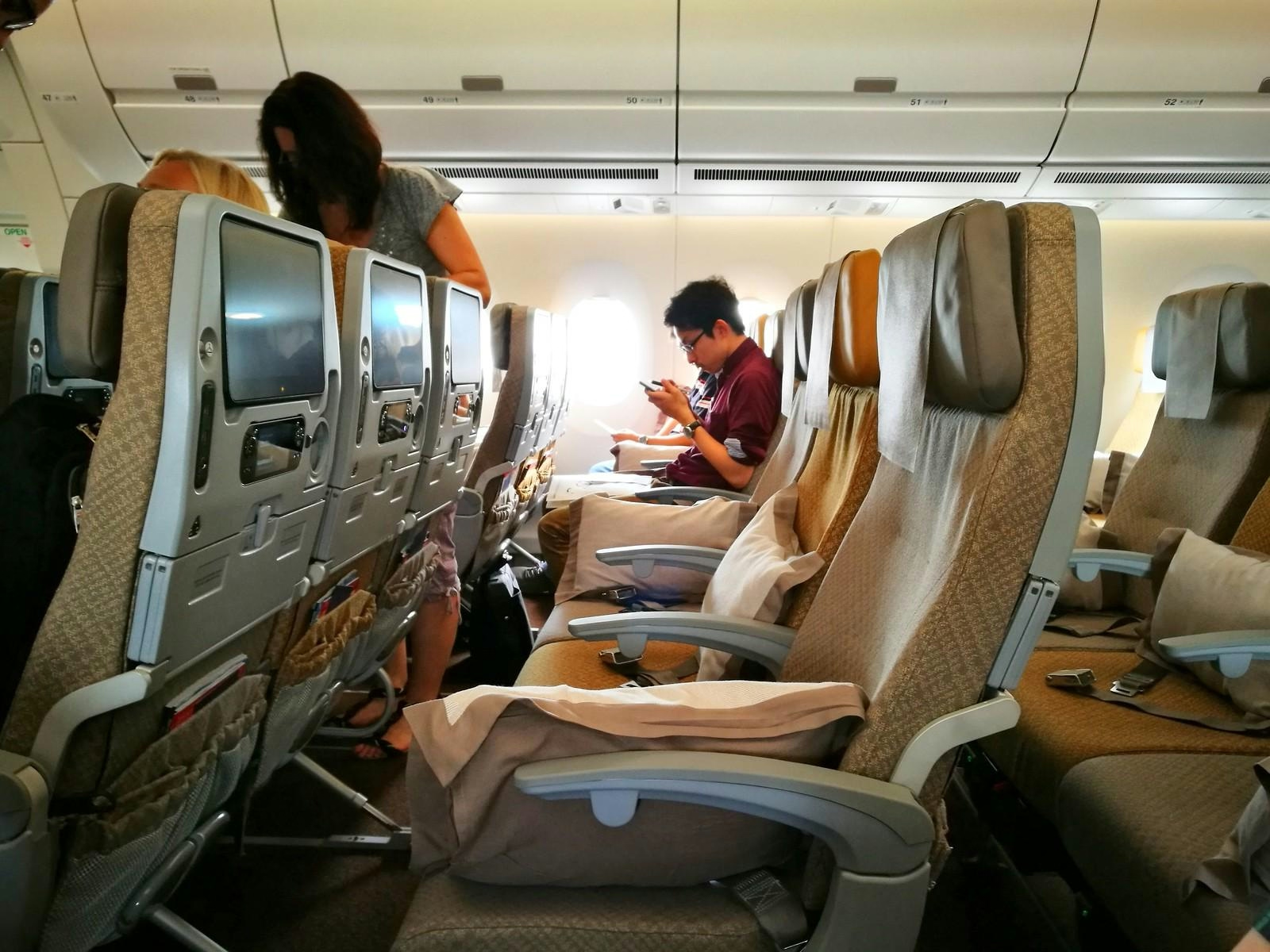
Why the Airbus A350’s Cabin Is Quieter Than Other Aircraft
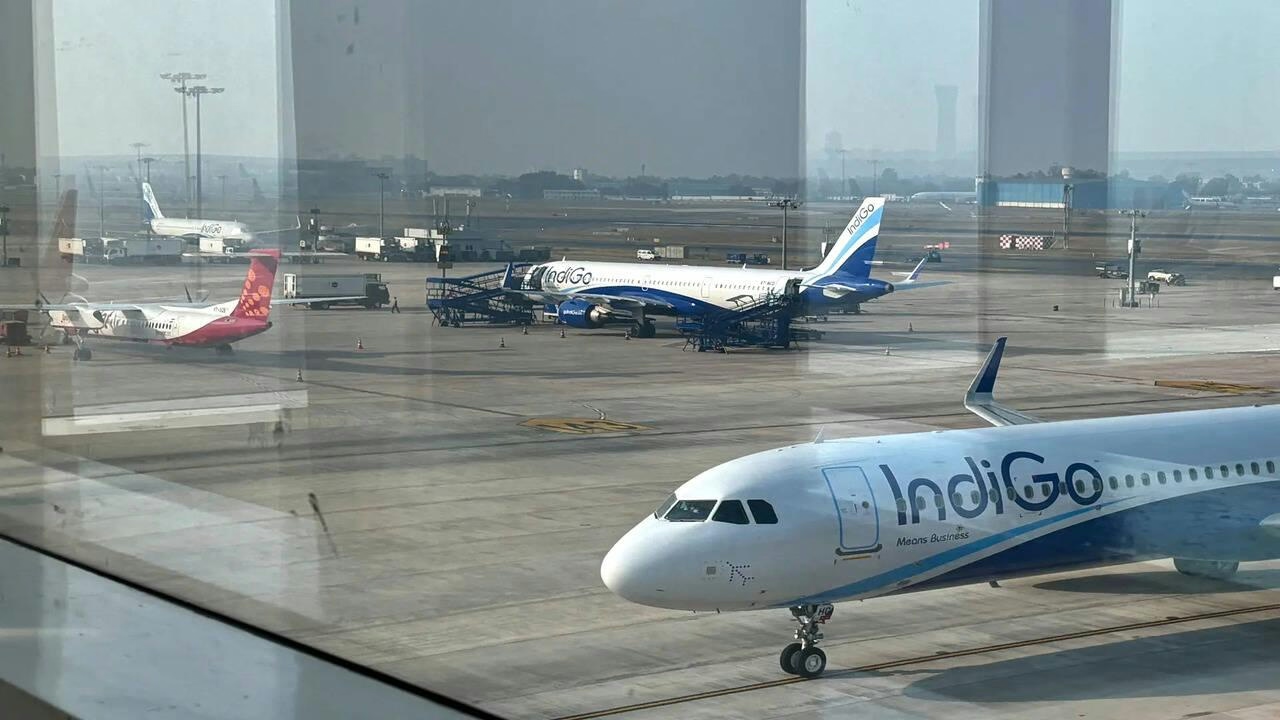
AI and AI Express Plan to Increase Capacity Amid IndiGo Flight Disruptions
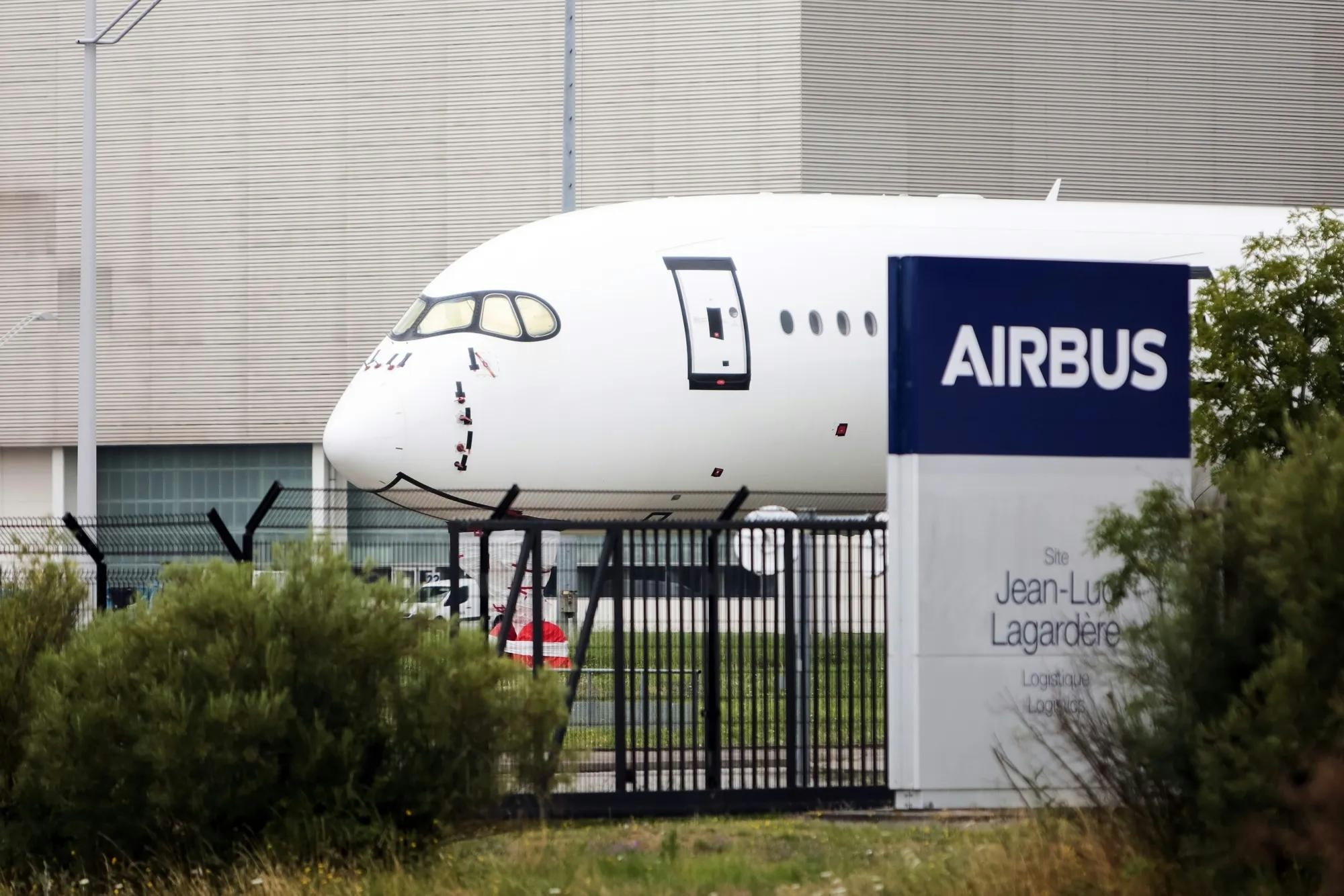
Kazakhstan and France Agree on Airbus Aircraft Deliveries

Europe’s Emerging Talent Drives Aviation Innovation
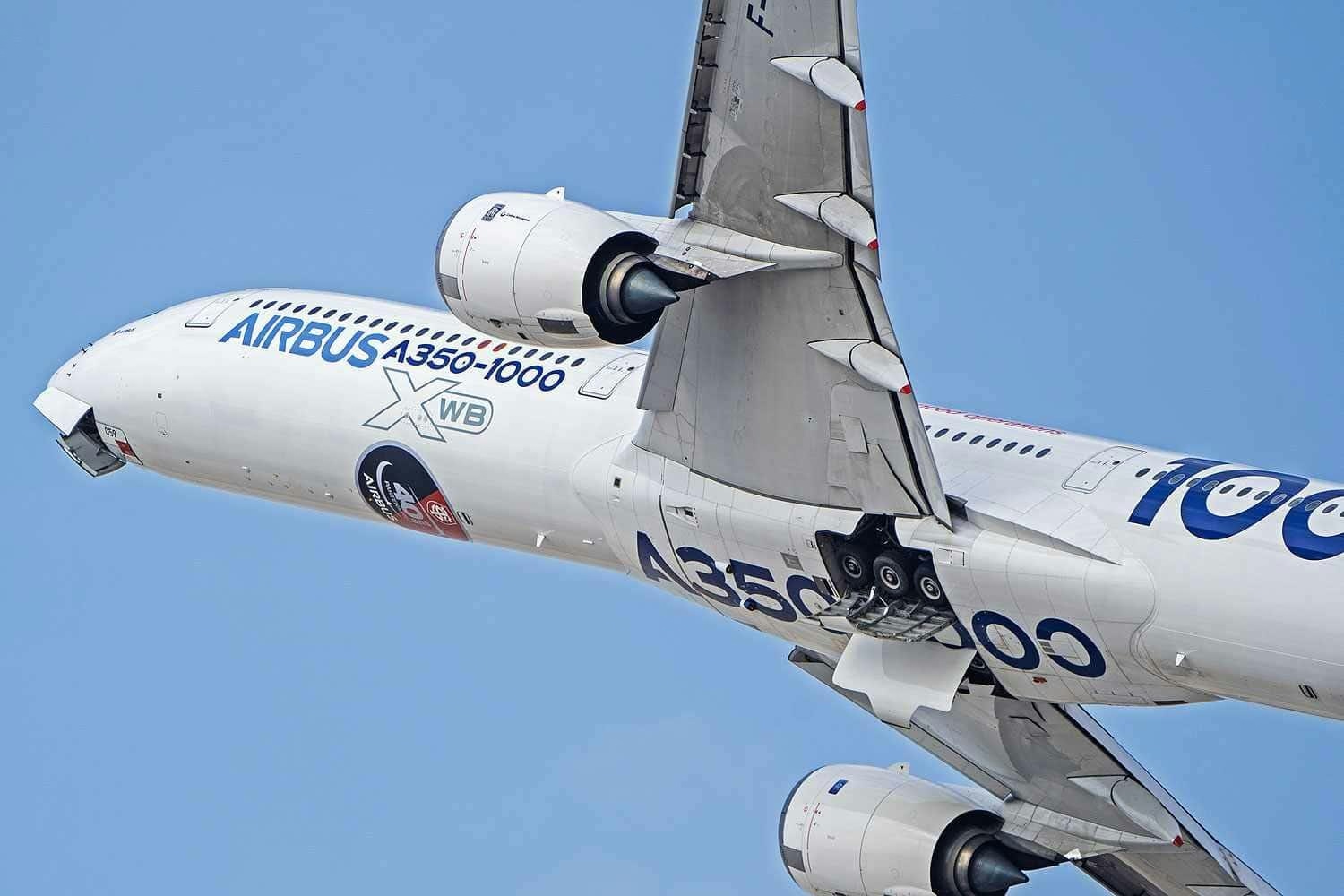
Airbus Receives New Order for A350-1000
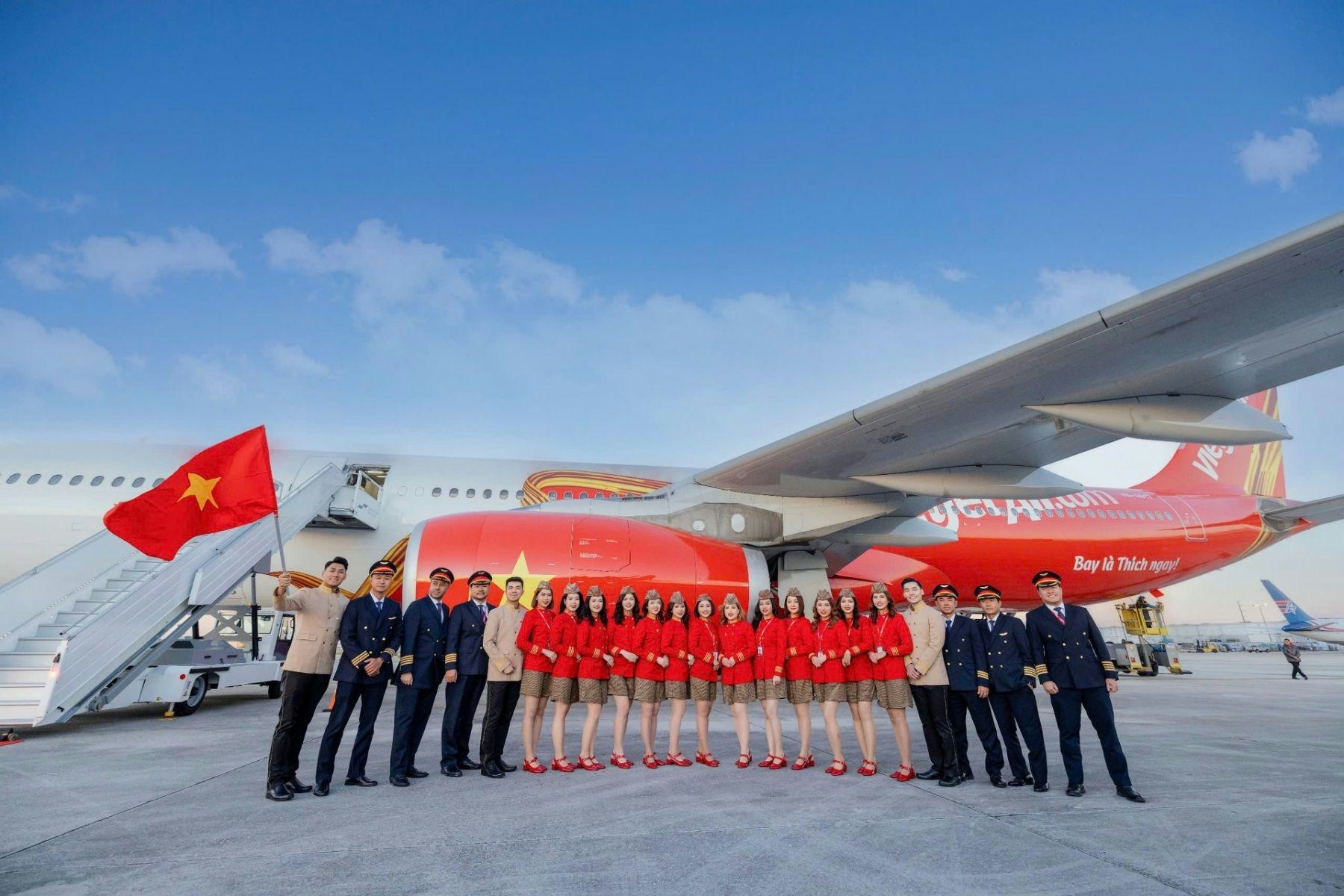
The Leading Widebody Aircraft in Service Today
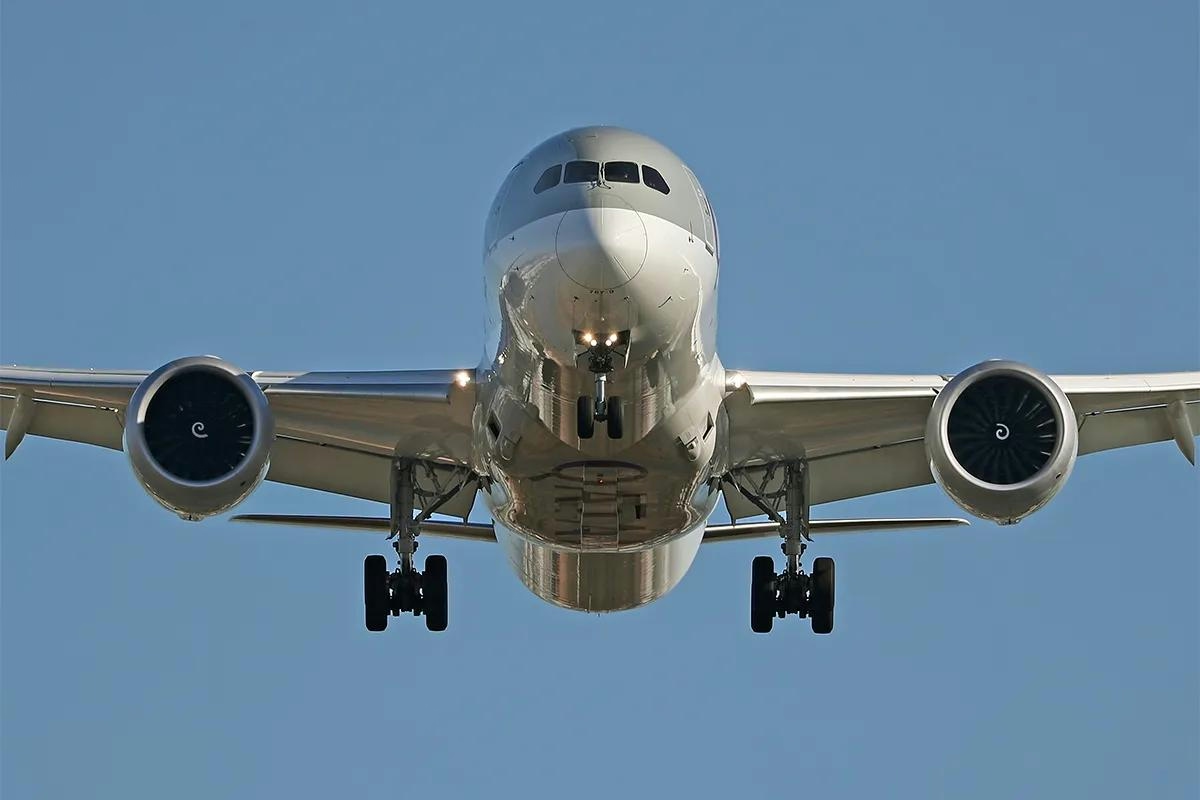
The Fastest Boeing Jet Currently in Service
